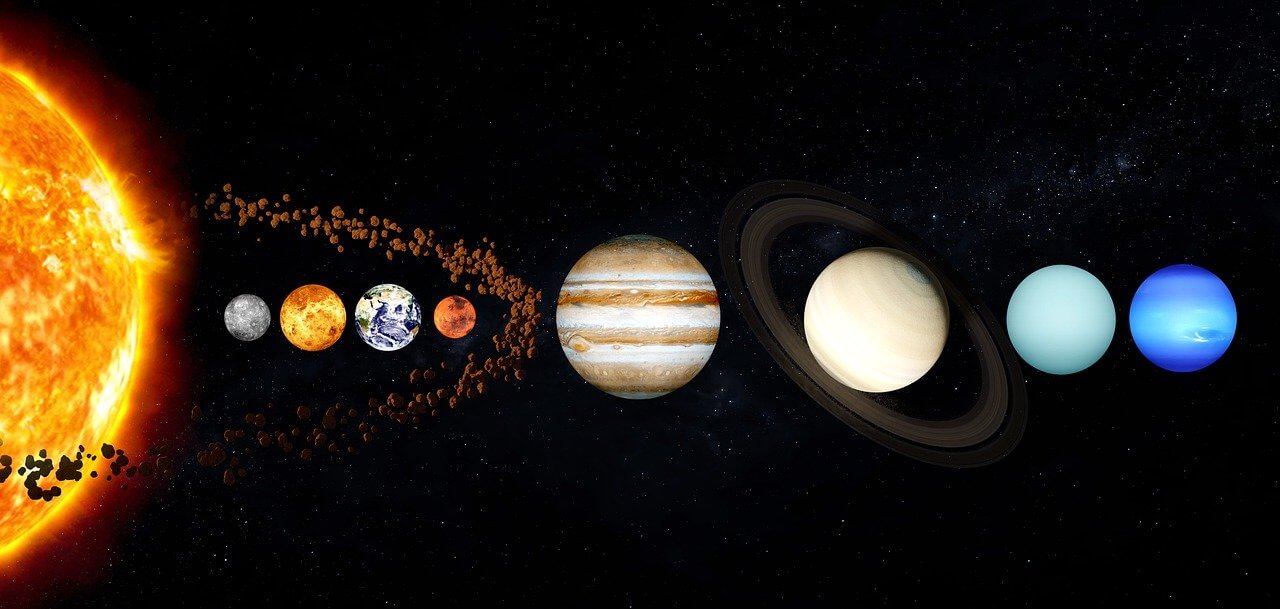NASA’s TESS Discovered “Ultrahot Neptune”
Astronomers have discovered a new exoplanet that belongs to a completely new class – “Ultrahot Neptune”. The planet, known as LTT 9779 b, orbits very close to its star, raising questions about how it could have held its massive atmosphere. A new study finds that giant planet orbits its star 60 times closer than Earth does the Sun. Early research discovered that about 1 in 200 sunlike stars have a planet that circles its star so tightly that it orbits in less than one Earth day. Astronomers call these worlds “ultra-short-period planets”.
All formerly known ultra-short-period planets were whether rocky planets less than twicethe Earth’s width or so-called hot Jupiters, gas giants which are 10 times longer the Earth’s diameter. A phenomenon named the “hot Neptune desert” because Neptune lies between the the Earth and Jupiter in size.
Next, scientists have discovered an exoplanet that locates right in the hot Neptune desert. But this planet is much hotter than any hot Neptune discovered yet, enough so for researchers to call it “ultrahot.”
LTT 9779b is located close enough to the Earth, at a distance of 260 light-years, and so close to the nearest star that a year on the planet takes less than an earth day. The planet orbits its star every 19 hours, and intense radiation warms LTT 9779b to temperatures above 1,700 °C. It is because of this that the planet received its title “ultrahot”.
The ultrahot temperatures on LTT 9779 b can break molecules down to their constituent elements. This means its atmosphere “can be very different from just ‘hot’ planets,” Jenkins said, “making them exciting places to study the chemistries of planets”.
The exoplanet’s average density is much like that of Neptune. The scientists supposed that it was unlikely that LTT 9779 b was made of pure rock or pure water — instead, they assumed solid core surrounded by a hydrogen and helium atmosphere.
LTT 9779 b possesses a thick atmosphere, consisting of nearly 10% of its mass, or equal to about 2.6 times Earth’s mass, Jenkins said. We would await ultrahot Neptunes “to lose their atmospheres very early due to the high-energy radiation received from the star, so for this planet we must think about more exotic types of formation scenarios,” Jenkins said.
One possible explanation for this ultrahot Neptune’s thick atmosphere “is that the planet was originally much larger, maybe a gas giant like Jupiter, that migrated too close to the star” Jenkins said.


